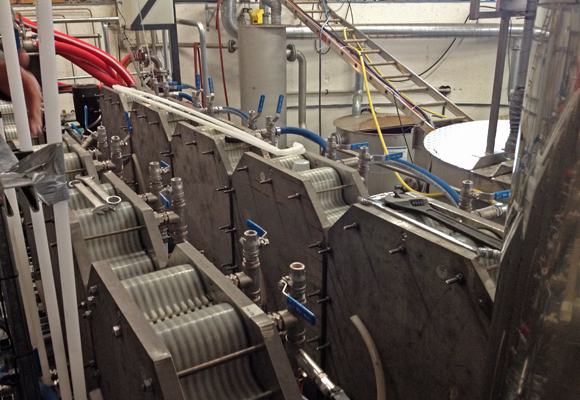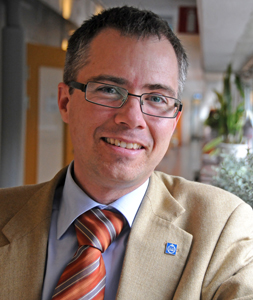New wastewater treatment technique protects fish from antidepressants
Environment
Researchers at KTH Royal Institute of Technology in Stockholm have developed a new technique to prevent pharmaceutical residues from entering waterways and harming wildlife.

The new water treatment technology – called membrane distallation – separates drug residues from sewage with the help of district heating, says who worked on the development project with IVL and Scarab Development AB.
Martin says that water vapor passes through a thin, hydrophobic membrane of material similar to Goretex, and through an air gap, where it condensed onto a cold surface. Drug residues collect on one side of the membrane and pure water on the other.
“There is currently no technology capable of doing this cleaning process on a large scale,” Martin says. “And for the membrane distillation process to work, the water temperature does not need to be very high, which is good.”

Pharmaceutical residues in wastewater have been found to alter fish behavior and could even affect the growth of algae. A recent study at Sweden’s Umeå University shows even low levels of Oxazepam detected in the Fyris River, in central Sweden, caused perch to become more antisocial, risk prone and active, making them an easier target for predators such as pike. The study measured levels of Oxazepam found in the perch, which were six times higher than in the water itself.
The study also indicated that the release of anti-anxiety drugs can affect entire ecosystems in a waterway, possibly contributing to an increases or decreases in the incidence of algae.
In a test of the membrane distillation technique at Hammarby Sjöstadsverket in Sweden, researchers found a level of 282 nanograms of Oxazepam per litre of wastewater. After ordinary treatment, that level of pharmaceuticals would essentially remain unchanged when the water is returned to the local waterway. But when treated with the membrane distillation system, the concentration was reduced to less than 2 nanograms per litre.
“Of all the 20th century-tested drugs, it is only the remains of the antidepressant Sertraline that we failed to clear 100 percent,” Martin says. “We have some theories, but cannot yet explain why.”
Martin and his colleagues are now awaiting results from the next step in the evolution of the technique. They are testing membrane distillation with drug residue levels that are nearly 10 times higher. “These samples are out for analysis right now,” he says.
Text: Peter Larsson

